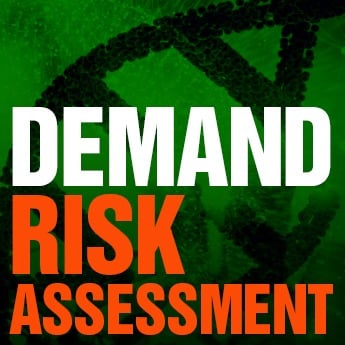Letter to the Editor: Ontario Farmer
Published June 29, 2014
From Lucy Sharratt, Coordinator, Canadian Biotechnology Action Network
Re: Ho hum, the Seralini show makes an encore, Alex Binkley, July 15, 2014
When Alex Binkley compares the re-publication of the first long-term study on genetically modified (GM) corn (Seralini et al.) to a “tired old vaudeville act struggling to regain the headlines” he does not add to the needed rational discussion of this study and its implications. Serious scientific inquiry requires that we examine this first long-term animal feeding trial of the Roundup Ready trait NK603 and Roundup. Dismissing the study outright is not a credible position because the paper has now been reestablished in the scientific literature, requiring follow up and further study.
Farmers in Ontario should be aware that Seralini’s team reported organ damage and hormonal disruption, and observed tumours in rats at 4 and 7 months for males and females respectively, that is a timeframe after Monsanto’s own 90-day animal feeding trial had ended. The implication is that 90-day testing may not be long enough to establish GM food safety.
The GM corn trait NK603 was approved by Health Canada in 2001, three years before Monsanto published its own 90-day test, and a decade before Seralini’s study was conducted over the 2-year life span of lab rats. This timeline is backwards.
Canadians should know that there are few long-term animals studies conducted to investigate possible health risks with any of the GM foods on the market. Industry may claim that these tests are not needed – the Seralini study suggests that they are.
This study is particularly relevant to Ontario farmers because much of this year’s corn crop, including sweet corn, may include the NK603 trait.
CBAN’s call for a moratorium on new GM food approvals while our government overhauls its regulatory system is no “bandwagon”, it’s a logical demand stemming from the vast gap exposed in current safety testing. We need to fill this gap with independent science. It is not the study that’s the problem, it’s the lack of other studies like it.






